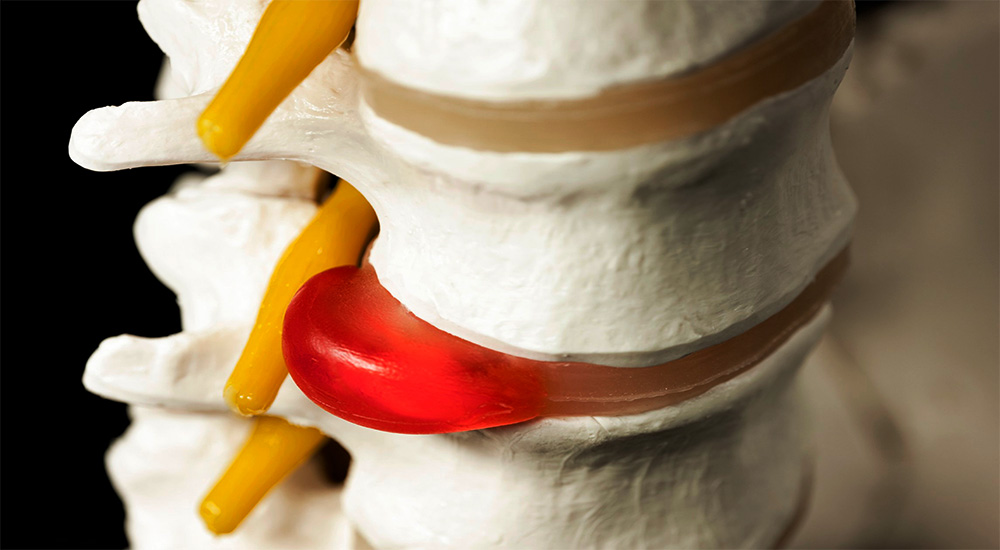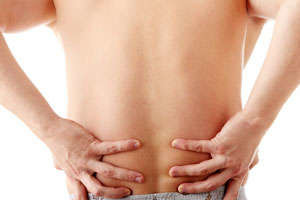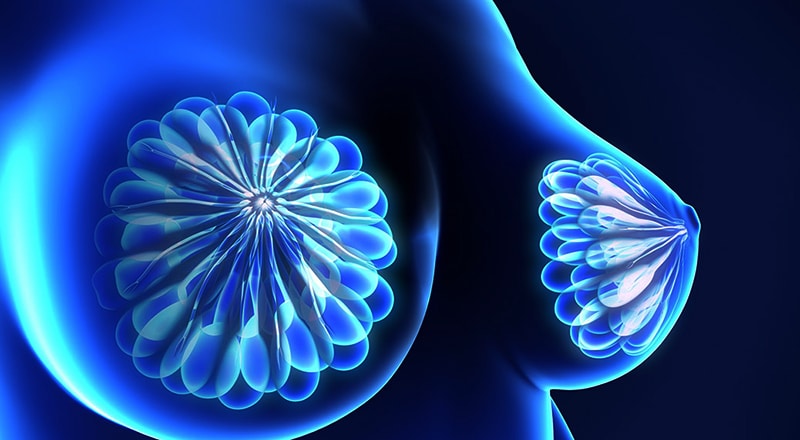The Secret of How To Prevent a Slipped Disc

Chiropractic Adjustments Make a Big Difference

In normal and natural movements they bulge a bit as the pressures on them vary, but they remain within certain normal confines that don’t create any pressure on any surrounding nerves.
Chiropractic adjustments help to keep the movements of the spinal vertebrae normal and free from creating any undue pressure on the discs. For this reason, they are recommended preventively to maintain a healthy spine.
Common Disc Problems
The two main problems that can develop with our spinal discs are premature degeneration (aging too quickly) and displacement (bulging or herniating). The pain that is common with either of these two conditions comes from irritation to nerves in the area of the disc that results in localized pain, radiating pain, weakness, or numbness.
If the disc problem is in the neck, the pain produced can involve the neck itself, the shoulders, or arms; if the disc issue is in the low back, the pain can be localized to the low back itself, or involve the hips, buttocks or legs. Such a problem is called sciatica when it puts pressure on the sciatic nerve. This large nerve runs down the entire length of the leg into the foot and therefore when irritated, sciatic nerve pain can create leg pain, weakness, or numbness.
What is Degenerative Joint Disease & How to Avoid It
Bones change shape or remodel due to stress. When we hold stress in an area, muscles tighten which, in turn, pulls on the vertebrae they are connected to. This can cause one or more bones to move out of their normal position. Doctors of chiropractic call this vertebral misalignment a subluxation.
Subluxations can also occur at other joints in the body, not just the spine. Subluxations can result from trauma (falls, auto or sports accidents), poor posture, repetitive stress, or holding the body in stressful positions. These misalignments alter the ability of the bones to have normal movement.
When a bone in your spine has its motion restricted at some levels, the body often compensates by causing the bones above it and below it to have too much motion (called hypermobility).
Hypermobility causes wear and tear – a stressful phenomenon that causes the bones to physically enlarge in order to withstand the extra stress placed upon them. As the bones enlarge, the discs laying between them wear down and become thinner creating a narrowing of the opening where the nerve sits. Such a condition is called osteoarthritis or degenerative joint disease (DJD).
Research has shown that maintaining the vertebrae in their correct position through chiropractic adjustments, lessens subluxations (misalignments) and thereby DJD.
Why Did I Get a ‘Slipped Disc’?
What has commonly been called, ‘a slipped disc,’ is really a disc that is either bulging or herniating out of its normal position between two spinal bones (vertebrae). Mild bulging may cause no real problems. It is often only when a disc bulges to the point of pressing on a nerve that it becomes a problem, and a painful one at that.
Depending on the degree of the bulge and the duration of the condition, chiropractic adjustments in conjunction with physical therapy can be very beneficial in resolving the condition.
Spinal traction is a common physical therapy procedure that we employ to assist the disc to return to its normal position between the vertebrae. Symptoms vary depending on where the bulging disc is and what nerve it is pressing against.
In the neck, bulging discs often cause radiating pain to the upper back (shoulder blade area), and/or pain, numbness, or weakness down one or both arms – sometimes all the way into the fingers.
In the low back, bulging discs can cause radiating pain into the hip or buttock region, and into the leg – possibly all the way into the foot. Again, this problem can express itself in the form of pain, numbness, and/or weakness. Depending on what our physical exam reveals, a patient may be sent ours for an MRI such that we can get more information on the extent of the disc involvement.
In most cases, chiropractic adjustments and physical therapy are very effective in relieving symptoms while correcting the underlying root cause of the problem. Patient compliance in the form of specific exercises and perhaps refraining from certain activities is very important to ensure a full recovery.
In rare cases, surgery may be indicated and we have recommendations that can be made if that is the case.
Prevention is Always Best
It’s always easier to prevent a problem than to fix one, so these are my 5 rules for preventing disc problems:
1. Maintain a general exercise program that keeps the spine flexible and the back strong. We tailor-make these for our patients once we have done a comprehensive examination.
2. Maintain good posture and avoid slouching – this includes choosing furniture that supports the spine and is not too soft to permit slouching while sitting. This is easy to say but not necessarily easy to do. Once we have discovered where your weaknesses lie and have begun correction, maintaining good posture becomes quite easy.
3. Employ proper ergonomics while doing what you do for long periods of time. E.g. sitting at the computer
4. Get regular chiropractic adjustments and some type of bodywork that reduces the build-up of muscle tension patterns.
5. If you have a condition that has predisposed you to misalignment issues such as:
- scoliosis,
- ankylosing spondylitis (an autoimmune disease affecting the spine), or
- a history of trauma or poor posture
It is important for you to receive more frequent chiropractic adjustments to mobilize and correct the position of the bones of your spine that are misaligned.
If you, or someone you know, suffer from pain, please consider calling us for a consultation. We’ll tell you if we think we can help get to the root of your pain; to the cause behind the symptom. Please let me know if you have any questions or comments.
Do you need help with your health?
We have the diagnostic and testing tools, the clinical experience, and a different medical approach to discovering the root cause of why you have the symptoms that are bothering you. As long as you are ready to make some dietary and lifestyle changes, we can help you. We will "hold your hand" through the changes, step by step, to make each step an easy one. We are located in Clearwater, FL, at 1000 S Ft Harrison, at the corner of Ft. Harrison Ave. and Magnolia St. There is plenty of parking space directly accessible from Ft Harrison. If it is not convenient for you to come to Root Cause Medical Clinic, we offer telehealth/telemedicine consultations to residents of certain states. Call us for details.
Contact us for a Consultation – Call 727-335-0400

Dr. Vikki Petersen DC. CCN
Founder of Root Cause Medical Clinic
Certified Functional Medicine Practitioner
Dr Vikki Petersen is a public speaker, author of two books, several eBooks and creates cutting edge content for her YouTube community. Dr Vikki is committed to bringing Root Cause Medicine and its unique approach to restoring health naturally to the world.
Ask a Doctor
Have a health concern you'd like to speak with a doctor about? Or just want clarity on a subject? Ask Us!


